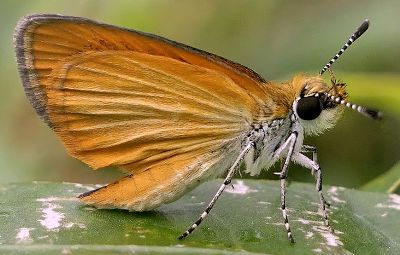
Ancyloxypha numitor (least skipper)
| There were dozens of these butterflies actively nectaring and courting in the aquatic vegetation along the stream shore. Most of them never landed, but persistence resulted in this close encounter with one that did pause. |
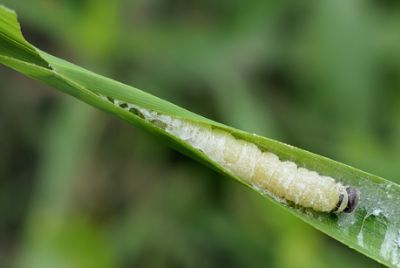
Ancyloxypha numitor (least skipper larva)
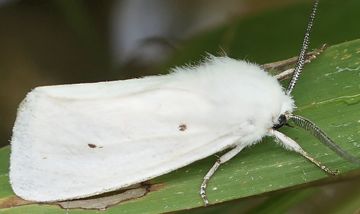
Spilosoma virginica (Virginia tiger moth)

Hetaerina americana (American rubyspot, male)
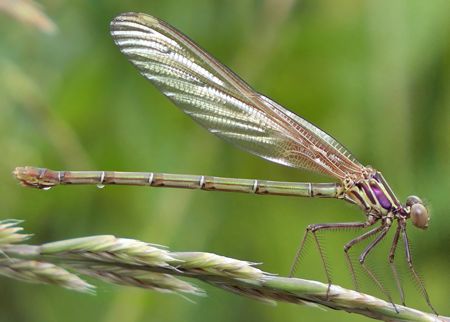
Hetaerina americana (American rubyspot, teneral female)
| Like many damselflies, this species shows sexual dimorphism, but the striking contrast between the male and female is amplified by the fact that the latter has only recently eclosed (molted to become adult). Her wings were barely stiff enough for flight and her colors would still take awhile to darken. |

Pachypsylla celtidisasterisca (hackberry star gall psyllid)
| Galls are aberrant plant growths produced in response to the activities of another organism. In this case, the galls appear quite different on the top and bottom of the leaf. Psyllids are tiny, aphid-like insects. |
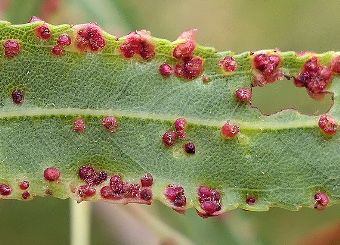
Aculus sp. (mite galls on willow leaf)

View of the stream bed
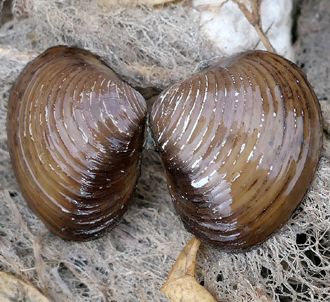
Corbicula fluminea (Asian clam)
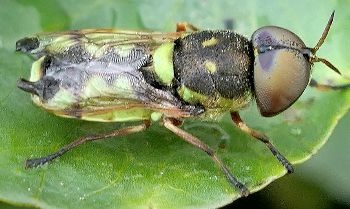
Hedriodiscus sp. (soldier fly)
| The wings of this individual show damage that most likely occurred as it was molting. |

Toxicodendron radicans (poison ivy)
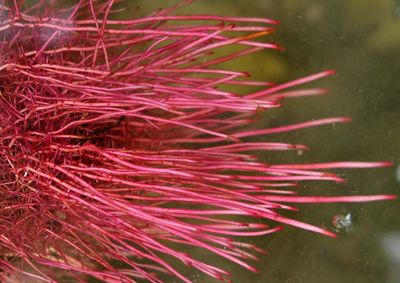
Salix nigra (black willow roots)
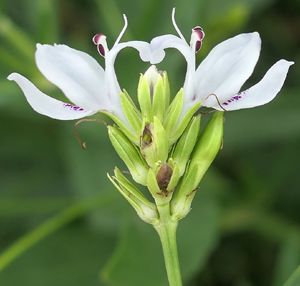
Justicia americana (American water-willow)
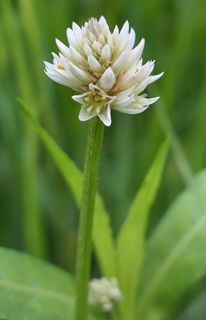
Alternanthera philoxeroides (alligator weed)
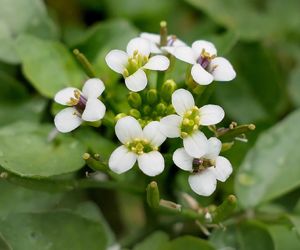
Nasturtium officinale (watercress)
| Although it is edible, I wouldn't consider eating plants growing in an urban drainage ditch. Just think of all the pollutants present in the runoff from yards and roads! |
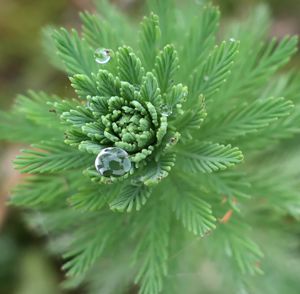
Myriophyllum aquaticum (parrot feather)

Oenothera curtiflora (lizard-tail gaura)
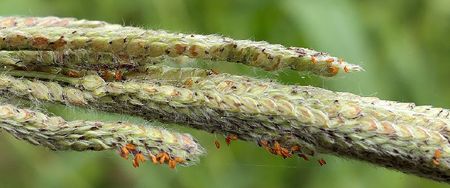
Paspalum urvillei (vaseygrass)

Rumex crispus (curly dock)
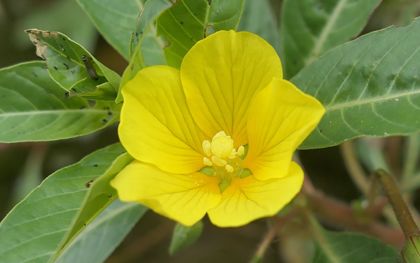
Ludwigia peploides (floating primrose-willow)

Indigofera miniata (scarlet pea)
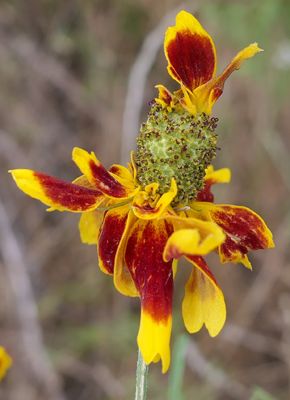
Ratibida columnifera (Mexican hat)
| Due to the structure of composite inflorescences, it is not surprising that the small individual flowers may sometimes not grow in the typical arrangement. In this case, a few poorly formed ray flowers are sticking up out of the middle of the disk area. Almost any thorough exploration of a large bed of Mexican Hat, Brown-eyed Susan or Purple Coneflower will yield at least a few oddities like this. |

Commelina erecta (dayflower)
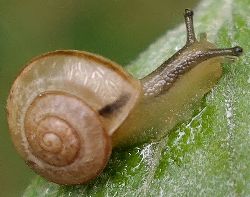
Bradybaena similaris (Asian tramp snail)
| This land snail earned its common name from its habit of roosting in freight containers. It is one of the most widely distributed snails in the world. |
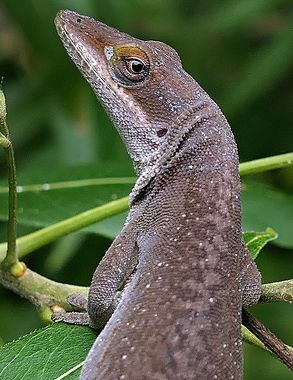
Anolis carolinensis (green anole)
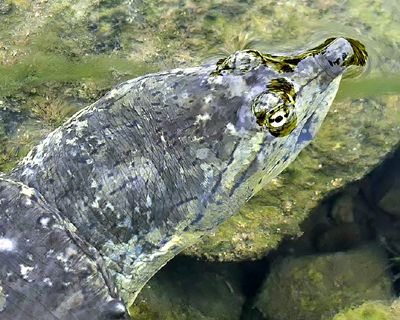
Apalone spinifera (spiny softshell turtle)
| Softshell turtles not only look weird, they have some pretty bizarre adaptations for aquatic life. Although they are fast when traveling on land, they only eat underwater and are capable of absorbing oxygen when submerged, through their skin and the linings of their pharynx and cloaca! |

Nyctanassa violacea (yellow-crowned night-heron)
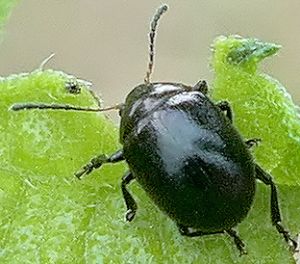
Brachypnoea sp. (leaf beetle)
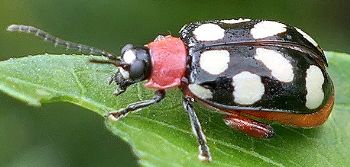
Omophoita cyanipennis (leaf beetle)

Trirhabda bacharidis (groundselbush beetle)
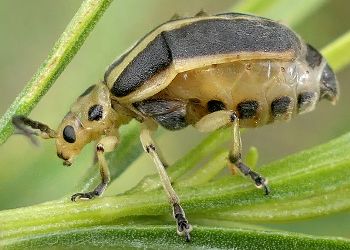
Trirhabda bacharidis (groundselbush beetle, gravid)
| The exoskeleton of arthropods varies considerably in its thickness. Some parts, such as legs and jaws, are quite robust while areas that must be flexible, like this distended abdomen, can be extraordinarily thin. |
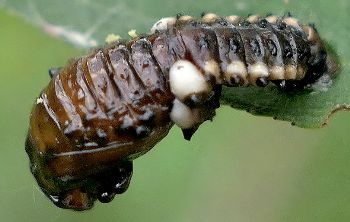
Chrysomela texana (leaf beetle pupa)
| The peculiar, though typical, appearance of this pupa is due to the fact that the exuviae (shed skin) of the larva is still attached; it is the part with the white bulges at right. |
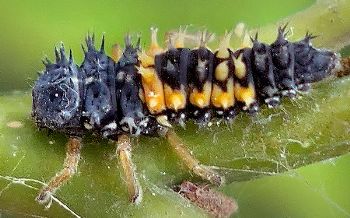
Harmonia axyridis (multi-colored Asian lady beetle larva)

Coleomegilla maculata (spotted lady beetles)
| As the majority of lady beetle species are spotted, it seems rather comical that this is the one that is actually named after that feature. One thing that does set this lady beetle apart from its relatives is the shape: this one is more elongate than is usual for the family. |
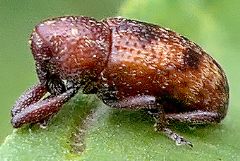
Tyloderma sphaerocarpae (weevil)
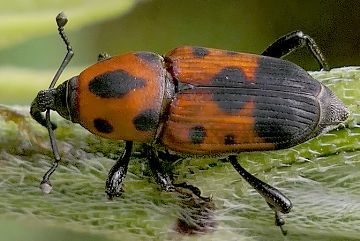
Rhodobaenus quinquepunctatus (cocklebur weevil)
| Although the common name suggests otherwise, I almost always find this species feeding on Giant Ragweed. |

Oebalus pugnax (rice stink bug)

![]()